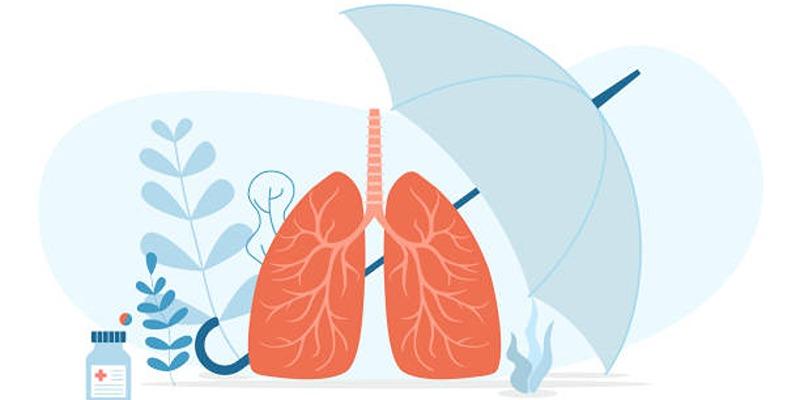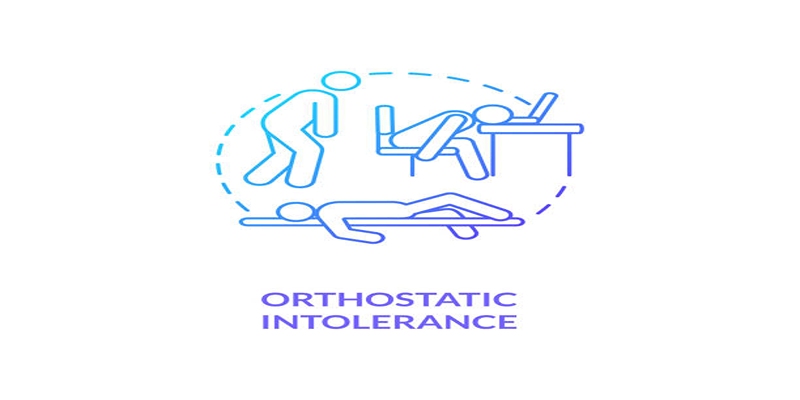Causes of Pneumoconioses and How to Prevent Them
Pneumoconioses are diseases of the lungs that result from the long-term effects of exposure to certain types of dust particles at the workplace. These diseases are chronic, for instance, small particles that are inhaled into the lungs accumulate in the tissue causing damage and making the lungs less functional. Knowledge of the cause of pneumoconioses is important in control and management, particularly in industries where employees are exposed to dust. In this article, we will learn about the main causes of pneumoconioses, the dangers of exposure, and how to avoid these dangers.
What Are Pneumoconioses?
 Pneumoconioses are chronic respiratory diseases that result from the deposition and accumulation of inorganic particles within the lung tissue. These diseases cause inflammation and fibrosis, a condition that makes it hard for the lungs to work as they are supposed to. The most common types include:
Pneumoconioses are chronic respiratory diseases that result from the deposition and accumulation of inorganic particles within the lung tissue. These diseases cause inflammation and fibrosis, a condition that makes it hard for the lungs to work as they are supposed to. The most common types include:
- Silicosis: Developed due to breathing in of crystalline silica usually from mining, abrasive or stone cutting, and glass factories.
- Coal Workers’ Pneumoconiosis (CWP): Otherwise known as black lung disease, and results from breathing in coal dust the most affected workers are those in the coal mining industry.
- Asbestosis: When asbestos fibers are inhaled due to the use, mining, or erosion of products that contain it such as in insulation, construction, and some industries.
Each of these conditions has unique characteristics, but all share a common origin: are causes associated with the persistent accumulation of risky dust in various working conditions.
The Causes of Pneumoconioses
Pneumoconioses are caused by the inhalation of various types of dust particles that accumulate in the lungs over time.
Inhalation of Harmful Dust
The primary cause of pneumoconioses is the inhalation of fine dust particles, which are too small to be expelled naturally by the body. These particles bypass the respiratory system’s defenses, such as mucus and tiny hairs called cilia, and become lodged deep in the lungs. Over time, the accumulation of these particles causes inflammation, fibrosis (scarring), and permanent damage.
Dust sources vary depending on the industry:
- Silica Dust: Found in operations like quarrying, mining, and glass cutting.
- Coal Dust: Generated during coal extraction and processing.
- Asbestos Fibers: Found in construction materials, brake linings, and other industrial products.
Occupational Environments
Workplace environments significantly contribute to the development of pneumoconioses. Individuals working in industries such as construction, mining, and manufacturing are at higher risk due to the nature of their tasks. Key factors include:
- Poor Ventilation: Without proper airflow systems, dust levels can rise, increasing the likelihood of inhalation.
- Prolonged Exposure: Longer work hours in dust-heavy environments lead to greater accumulation in the lungs.
- Lack of Protective Measures: Workers without adequate protective gear, such as masks or respirators, face higher risks of inhaling harmful particles.
Lack of Training and Awareness
Another major cause of pneumoconioses is the lack of awareness and training among workers. Many employees are unaware of the risks posed by prolonged dust exposure and are not adequately trained in handling hazardous materials. Without proper knowledge of safety protocols, they may inadvertently expose themselves to harmful conditions.
How Dust Particles Affect the Lungs
Once inhaled, dust particles settle in the alveoli, the tiny air sacs responsible for oxygen exchange. The body’s immune system attempts to eliminate these particles by triggering an inflammatory response. However, this often leads to:
- Chronic Inflammation: Persistent irritation of lung tissue.
- Fibrosis: Scarring of the lung tissue, which reduces its flexibility and capacity to expand.
- Impaired Oxygen Exchange: Thickened lung tissue makes it harder for oxygen to pass into the bloodstream.
These changes result in symptoms such as shortness of breath, chronic coughing, chest pain, and fatigue. Over time, the damage becomes irreversible.
Risk Factors for Pneumoconioses
Understanding the risk factors for pneumoconioses is crucial in identifying individuals who may be more susceptible to developing these lung conditions.
Duration and Intensity of Exposure
The risk of developing pneumoconioses increases with the duration and intensity of exposure to dust. Workers who spend decades in hazardous environments are more likely to experience severe symptoms. Even low levels of exposure over extended periods can cause significant harm.
Dust Concentration Levels
The concentration of dust in the workplace air also plays a crucial role. Environments with high levels of airborne particles pose a greater risk, particularly if ventilation systems are inadequate.
Individual Susceptibility
Certain individuals may be more prone to developing pneumoconioses due to genetic factors, pre-existing lung conditions, or overall health. People with conditions such as asthma or chronic bronchitis may experience worse outcomes when exposed to harmful dust.
Preventing Pneumoconioses
Preventing pneumoconioses requires a combination of proper workplace practices, protective measures, and ongoing health monitoring.
Workplace Safety Measures
Employers must prioritize the safety of workers by implementing effective measures to reduce dust exposure. Key steps include:
- Ventilation Systems: Installing advanced systems to filter and remove airborne particles.
- Dust Suppression Techniques: Using water sprays or other methods to minimize dust generation during operations.
- Protective Equipment: Providing workers with high-quality respirators, gloves, and goggles.
- Regular Monitoring: Conducting air quality tests to ensure that dust levels remain within permissible limits.
Treatment and Management
Although there is no cure for pneumoconioses, early diagnosis and management can help alleviate symptoms and slow disease progression. Treatment strategies include:
- Medications: Anti-inflammatory drugs and bronchodilators to reduce symptoms.
- Oxygen Therapy: For severe cases, supplemental oxygen can help improve breathing.
- Pulmonary Rehabilitation: Exercise programs designed to enhance lung capacity and overall fitness.
Lifestyle changes, such as quitting smoking and maintaining a healthy diet, can also support lung health and improve the quality of life for affected individuals.
Health Monitoring for Early Detection
 Regular health check-ups, including chest X-rays and lung function tests, play a crucial role in the early detection of pneumoconioses, a group of lung diseases caused by inhaling harmful dust particles over time. These tests help identify any abnormalities in the lungs at an early stage, even before symptoms become severe.
Regular health check-ups, including chest X-rays and lung function tests, play a crucial role in the early detection of pneumoconioses, a group of lung diseases caused by inhaling harmful dust particles over time. These tests help identify any abnormalities in the lungs at an early stage, even before symptoms become severe.
Early detection not only allows for timely medical intervention but also helps prevent further progression of the condition, improving the overall quality of life for those affected. By addressing the disease early, patients can benefit from tailored treatment plans and better long-term management strategies.
Conclusion
Pneumoconioses are preventable diseases caused by the inhalation of harmful dust particles over prolonged periods. These conditions, often seen in occupational settings, highlight the importance of workplace safety measures, employee training, and regular health monitoring. By understanding the causes and risks associated with pneumoconioses, employers and workers can take proactive steps to reduce exposure and protect lung health.
Promoting awareness and enforcing strict safety protocols are essential to safeguarding the well-being of individuals in high-risk industries.












